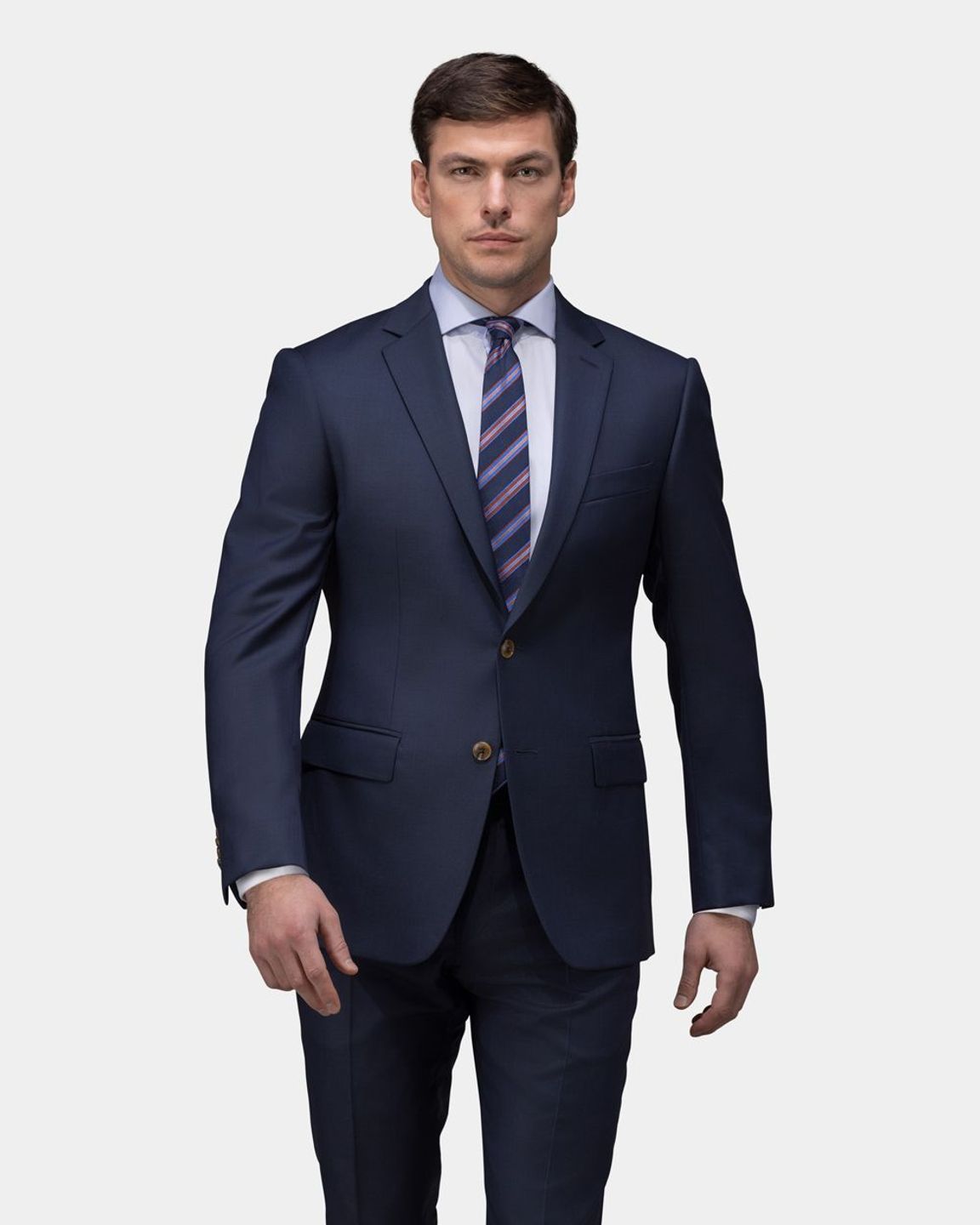Understanding the Tailoring Process: From Textile Selection to Last Fitting for the Suitable Wardrobe
The tailoring procedure is an intricate interplay of art and scientific research, beginning with the critical choice of fabric selection and culminating in the exact modifications of final fittings. Each textile kind brings unique qualities that affect not just the visual charm however also the garment's longevity and suitability for numerous occasions.
Importance of Fabric Selection
Choosing the appropriate fabric is critical in the tailoring procedure, as it directly affects the comfort, toughness, and total aesthetic of the final garment. The selection of textile establishes the structure for the garment's performance, functionality, and style. Different materials have unique properties, such as breathability, stretch, and weight, which can significantly impact just how the garment drapes and fits the body.

A customized piece made from a suitable material not only showcases craftsmanship but likewise raises the user's self-confidence. Understanding the subtleties of material selection is paramount for any kind of tailoring endeavor. It guarantees that the end product not just satisfies the visual desires of the client but also aligns with useful requirements, thus accomplishing a harmonious balance in between kind and function in the tailored closet.
Kinds Of Fabrics and Their Uses
Comprehending the numerous sorts of textiles available is important for making informed decisions during the customizing procedure. Each textile possesses special features that dictate its viability for particular garments and celebrations.
Its adaptability allows it to be tailored into everything from t shirts to gowns. Its all-natural flexibility aids garments maintain shape over time.
Silk exudes high-end and is light-weight, making it ideal for eveningwear and fragile shirts; nevertheless, it calls for careful handling due to its fragility. Bed linen, with its distinctive surface, is a popular choice for warm environments, giving a crisp and ventilated feel, but it wrinkles easily, which might affect the garment's appearance.
Synthetic textiles, such as polyester and nylon, offer longevity and resistance to creases, making them ideal for daily wear and energetic apparel. Recognizing these fabric kinds and their residential properties enables far better decision-making, making sure that each tailored piece not only fits well but additionally aligns with the intended purpose and occasion.
The Tailoring Methods Explained
The art of tailoring depends on a range of strategies that transform textile into well-fitted garments. Central to this procedure is pattern composing, where a dressmaker creates themes based on the customer's measurements and preferred design. This preliminary step ensures that the garment will fit the user effectively before any type of reducing happens.
When patterns are developed, cutting methods enter play. Precision is vital as inaccuracies can result in misfitting garments. Tailors often use numerous cutting methods, such as single-layer cutting for elaborate designs and multiple-layer cutting for efficiency on standard patterns.
Basting is one more important method, permitting tailors to briefly sew material assemble for an initial installation (custom suits perth). This technique offers the opportunity to analyze the drape and total shape before final sewing
Seaming methods, including flat-felled joints and French seams, boost the garment's durability and aesthetic allure. Tailors likewise utilize methods such as interfacing and padding to offer structure and shape to details areas, like collars and shoulders.
Finally, completing strategies, including hemming and side completing, make certain the garment's longevity while giving a polished look. Together, these strategies create wedding suits perth the foundation of effective tailoring, resulting in elegant, custom-fit apparel.

Suitable Changes and Considerations
After the initial tailoring strategies have actually been used and the garment is built, fitting modifications end up being extremely important to accomplishing the excellent fit. These adjustments deal with different facets of the garment, guaranteeing it contours to the wearer's physique and enhances total appearance.

The increase of pants is one more crucial variable; it ought to sit pleasantly over the hips without triggering pain, permitting for simplicity of movement. Hemming sizes for both pants and skirts need to mirror the wearer's recommended style while appreciating proportions.
Moreover, focus must be provided to the rear of the garment, making sure that there are no unsightly pulls or excess textile - tailor tuxedos perth. Each change ought to be meticulously taken into consideration, as also minor changes can significantly affect the overall fit and visual of the tailored item, ultimately causing a closet that emanates self-confidence and elegance
Maintaining Your Tailored Garments
Constantly comply with the treatment label instructions, which may recommend completely dry cleaning for delicate fabrics or maker cleaning for more long lasting materials. Stay clear of constant laundering, as this can use down the fabric and alter the garment's shape.
Storage is equally essential; use padded hangers for jackets and coats to preserve shoulder framework, and store pants folded up neatly or hung to stop creasing. Shield garments from straight sunlight, which can fade shades and damages fibers.
Furthermore, routine evaluations for minor fixings can prevent bigger concerns. Check for loose buttons, fraying seams, or indications of moth damages, dealing with these issues promptly to preserve the garment's stability.
Last but not least, think about seasonal rotation. Wearing tailored pieces in small amounts enables materials to recoup, expanding their life-span. By carrying out these upkeep approaches, you can make certain that your customized garments stay as immaculate as the day you initially wore them, boosting your suitable wardrobe for many years to come.
Verdict
The tailoring process, encompassing textile selection, skilled strategies, and exact fitting modifications, plays an essential role in producing garments that boost both comfort and design. Each phase adds to the total efficiency of the end product, guaranteeing that apparel not only fits well yet also mirrors private identity. In addition, recognizing the significance of upkeep expands the life of customized garments, strengthening their value in a well-curated closet. A thorough approach to tailoring finishes in a polished and certain appearance.
 Mackenzie Rosman Then & Now!
Mackenzie Rosman Then & Now! Marla Sokoloff Then & Now!
Marla Sokoloff Then & Now! Melissa Sue Anderson Then & Now!
Melissa Sue Anderson Then & Now! Mary Beth McDonough Then & Now!
Mary Beth McDonough Then & Now! Ricky Schroder Then & Now!
Ricky Schroder Then & Now!